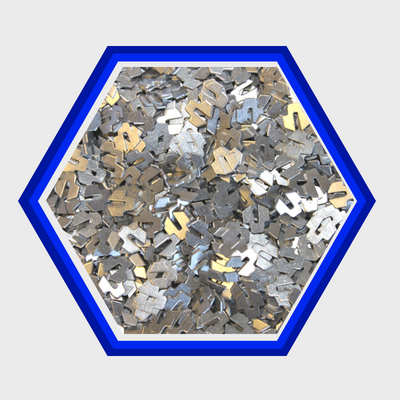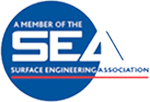Tin Plating To Replace Lead
.png)

.png)
Tin Plating To Replace Lead
The Manufacturing industry at large have been looking at the best ways to produce components that are not only fit for purpose but will have as little environmental impact on the earth as possible. RoHS or the Reduction of Hazardous Substances is a directive that enforces heavy restrictions on toxic materials which include Lead, Mercury and Cadmium. One such replacement for Lead in particular is Tin Plating.
What Is Tin?
Tin as a metal does not occur naturally and must be extracted from ores. Tin is a soft, malleable silvery-white metal that is both non-toxic and non-carcinogenic. Tin is applied to metals in an electroplating process which is often referred to as ‘Tinning’ with the most obvious example being Tin Cans, which are not made of tin but rather a Sheet Steel that is coated with a thin layer of Tin.
What are the advantages of Tin?
Tin is a relatively cheap metal and is sometimes referred to as ‘the poor man’s silver’ in that it is bright in appearance and provides a very good level of wear and corrosion resistance for its price point. Tin will enhance the solderability of a component and one common application where Tin has replaced Lead is in the electronics sector where electrical connectors will be top coated with Tin rather than Lead.
Tin is FDA approved and as such is very popular within the food industry, is non-magnetic meaning it wouldn’t interfere with RF components and is even used in jewellery and other decorative applications as a mirror like finish can be achieved.
What are the disadvantages of Tin?
The main disadvantage with Tin as a metal finishing process is that it is unsuitable for use at high temperatures (about 200 degrees Celsius) and the other is the formation of Tin ‘Whiskers.’ Tin Whiskers are electrically conductive, hair like structures that can grow on surfaces that have been Tin Plated. These whiskers are often caused by stresses either within the plating process or externally applied through bending/stretching/clamping of the part.
Finishing Options
Tin Plating has two finishes, Bright and Dull. (also referred to as Matte) The main difference between the two is the addition of brighteners which as its name suggests, make Bright Tin Plating shiny and aesthetically pleasing. Bright Tin will also have a lower coefficient of friction when compared to its Dull counterparts but will lose its colour at higher temperatures. As Dull Tin Plating doesn’t use brighteners, there are less internal stresses involved in the process making it less likely that Tin Whiskers will form and so is a popular choice in the electronics industry.
What We Offer
Silchrome Plating offer a number of environmentally friendly, RoHs compliant metal finishing processes, this includes both Bright and Dull Tin Plating as well as the use of Trivalent Passivates in Zinc Plating and Electroless Nickel. We are fully ISO 9001 and 14001 certified and carry out all our processes in our modern facility in Leeds, West Yorkshire
Bright Acid Tin Plating: 1600mm x 600mm x 600mm
Dull Tin Plating: 2200mm x 50mm x 850mm




